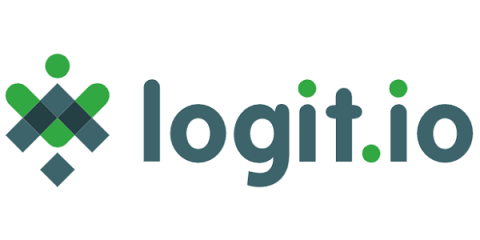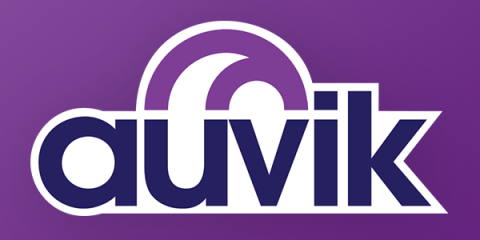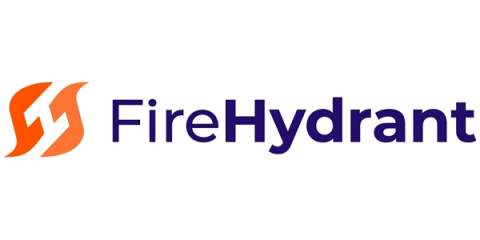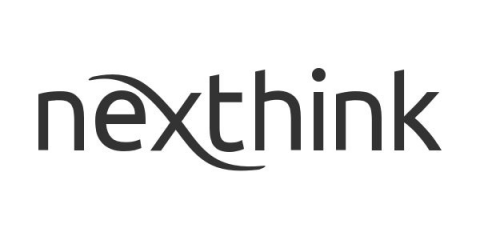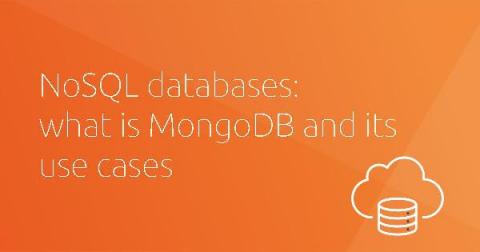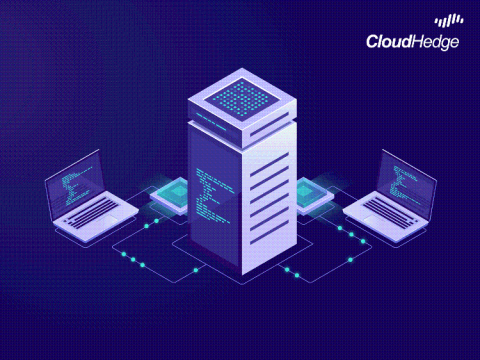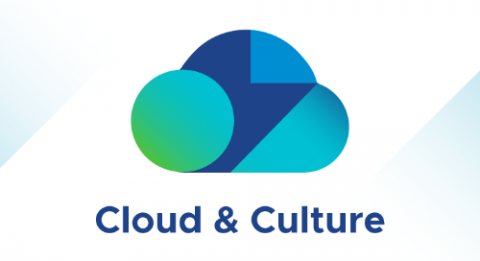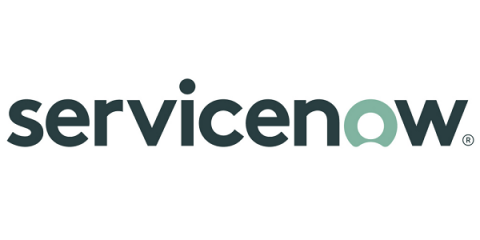ELK - Not Just For The Nice Visitors
Most of the applications we see for the ELK stack are from businesses which want to improve their customers' experience. To return relevant search results and to create Kibana dashboards that allow them to analyse data and give the customers what they want. But there are some cases where the customer is always wrong, and where the last thing you want to do is give a site visitor what he wants. Welcome to the world of forensics, compliance and fraud detection.


